![]()
![]()
![]()
Use LEFT and RIGHT arrow keys to navigate between flashcards;
Use UP and DOWN arrow keys to flip the card;
H to show hint;
A reads text to speech;
42 Cards in this Set
- Front
- Back
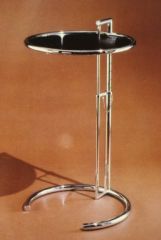
|
Eileen Gray Adjustable smoking Table 1930 Early use of Tubular Steel. Factional side Table. Simplified Geometry Asymmetrical Slides up and down |
|

|
Jean Carlu America's Answer! Production 1942 Public Service/Modivational Poster Symbolic language which color, line, and content would represent emotional values. Less emphasis on narrative/illustrative elements |
|

|
Diamond Chari for Knoll International Harry Bertoia Chromed Steel Wire 1952 Entirely spot welded "Vessel and Valley" inspired by wood and plastic Chairs form is an abstraction on birds wings So successful that Bertoia was able to focus on other projects that weren't for Knoll |
|
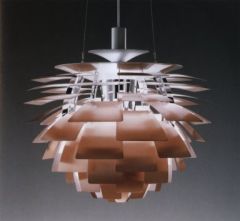
|
Artichoke Lamp Poul Henningsen 1958 Scandinavian design>simplicity of design and honesty of materials. Functional and accessible took ten years of scientific research to figure out how to eliminate glare and produce a warm soft light |
|
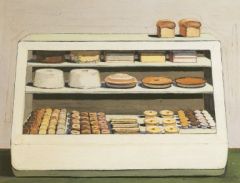
|
Bakery Counter Wayne Thiebaud 1962 Painted everyday subject matter Painter believed that painting techniques wasn't too far from frosting techniques and painted his cakes as such. Creates halo effect by surrounding objects with multiple colors, often colors or lines of equal intensity. |
|
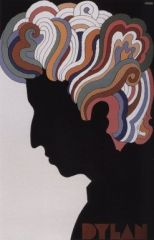
|
Bob Dylan 1966 Milton Glaser Inspired by Art Nouveau Intuitive approach of Graphic Design |
|

|
Margaret Bouke-White 1945 Documentations of post WWII damage Designers were able to reinvention the world and rebuild it |
|
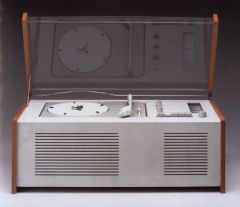
|
Dieter Rams Braun Phonosuper SK4 1956 Less is more design Goes back to Bauhaus design Buttons have curvature to make button pressing more pleasurable. |
|
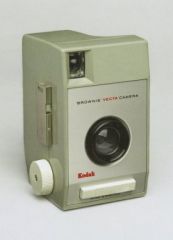
|
Kenneth Grange Brownie Vecta Camera 1964 Part of the user centered design principles from the 20th centruy wanted to make a camera that is easy to understand how to use>no real need for written instructions |
|

|
Wolfgang Weingart 2000 digital design using the knowledge of hand lettering and letterpress printing |
|

|
Isamu Noguchi 1948 Biomorphic forms two forms are identical |
|
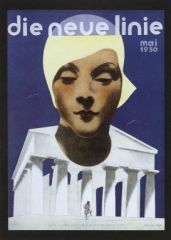
|
Herbert Bayer 1930 sansarif type head on building>makes building look like body Collage
|
|

|
Le Corbusier 1937 Photomontage of canons, aircraft, bombs, and an areal view of a city. predigital silhouettes
|
|
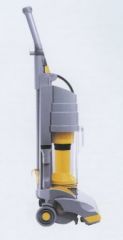
|
James Dyson 1993 Use of product semantics with use of clear plastic to demonstrate visual immediacy and the effectiveness of its dust collection. Mudguards evoke efficiency |
|

|
Earl Tupper 1945 Suburban life was becoming popular harnassed wartime technology to make suburban life easier |
|
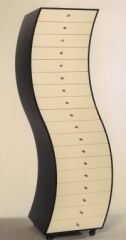
|
Shiro Kuramata 1970 used form to make weightless and effortless looking furniture; impossible forms made possible |
|
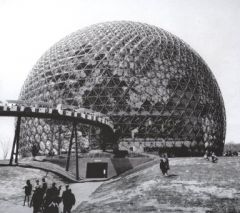
|
R. Buckminster Fuller 1967 Creative abilities were limitless within design and used design as a means of working with the latest technologies |
|

|
Andy Warhol 1962 By embellishing Monroe with gold, Warhol made a statement of her sensitization and fame |
|
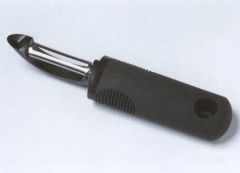
|
OXO/Smart Design 2002 Redesigned old tools with comfort and ergonomics in mind. This one has a comfortable grip and a catch for the peels |
|
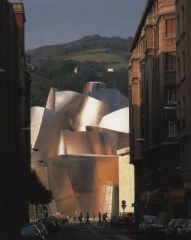
|
Frank Gehry 1997 Deconstructivist design Shiny Archetecutre was unocommon. No right angels |
|

|
Harley Earl with 4 concept cars 1957 This guy designed the wrap-around windshield and the tail fin, wind tunnel, and clay modeling |
|
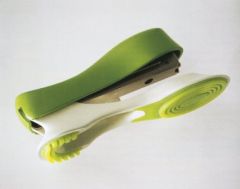
|
Ross Lovegrove 1997 Shoe inspired objects that look like other objects |
|

|
Charles and Ray Eames 1942 Utilized bent wood
|
|

|
Skidmore, Owings, and Merell (SOM) 1952 International Style utilization of lot space in a crowded city |
|
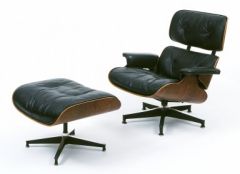
|
Charles and Ray Eames 1956 Still being made Used the same bentwood technology that was used for the leg splint |
|

|
Massimo Vignelli 1970 First map design that valued readability over scale |
|
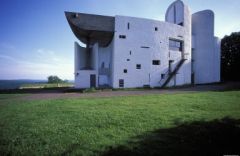
|
Le Corbusier 1950-1955 Heavy materials are turned into something quite prosaic and emotional |
|
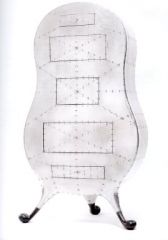
|
Marc Newson 2002 Put design over function sold for a lot of money |
|
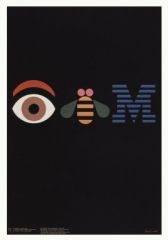
|
Paul Rand 1982 Stylized with pictures instead of letters>Uncommon for Western cultures |
|
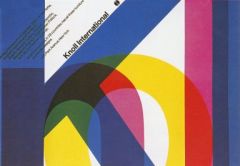
|
Massimo Vignelli Bold Typography makes the process clear with the mixing of colors |
|
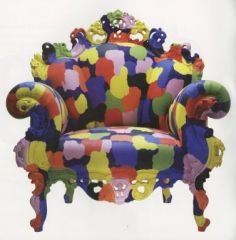
|
Alessandro Mendini 1978 redesign on Rococo furniture and encouraged people to think of the old in new, modern ways |
|
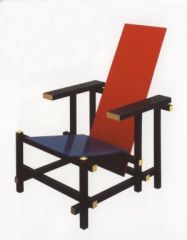
|
Gerritt Rietveld 1918 Absolute abstraction Strong geometric forms |
|

|
Anonymous 2009 use of recycled material to make the old functional |
|

|
Peter Blake 1967 Photocolouge of various famous people from the past. Pre-digital. |
|
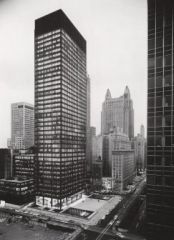
|
Miles van der Rohe 1958 Employs vast expanses of glass and steel and tell to reach heights |
|
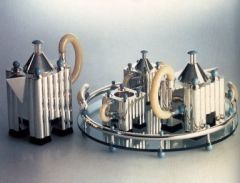
|
Michael Graves 1982 Miniature architecture Used architecture principles to make this tea set. |
|
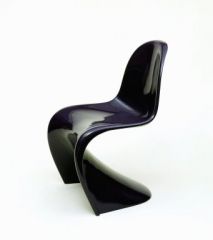
|
Verner Panton 1959-60 Designed before production. used plastic because it was the only tool that could make this form. |
|
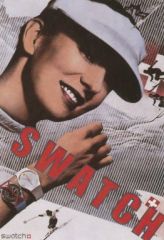
|
Paula Scher 1984 Redesign off an old Swiss poster Background scenery brings Switzerland to mind. |
|
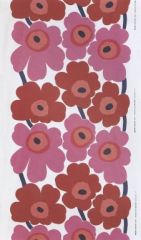
|
Maija Isola 1964 Fought ban on flower patterns bold use of color fits in with the "Flower Power" movement |
|
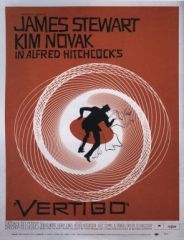
|
Saul Bass 1958 Simplified and symbolic imagery to communicate the ideas of the movie in promotial matter. |
|

|
Laszlo Moholy-Nagy 1921 Distill, Abstracted composition communicates principles of geometry and overlapping |
|
|
What is Design? |
The word design is from the French, meaning “to draw”. Design is an activity that begins with a doodle or a sketch and leads to an object. Economist and computer scientist Herbert Simon wrote in 1969 that design is ”devising courses of action aimed at changing existing situations into preferred ones.” Design is “a term that encompasses activities so diverse as drafting decorative patterns and typefaces, inventing new manufacturing and production processes, and creating software interfaces.”! - David Raizman, page 12, History of Modern Design “Design is the marriage of form and function in the creation of an object made for human use. Everything manmade is designed, however, not everything is designed equally well or with the same goal. Design is continuously evolving. In the 18th Century during the Baroque period objects were designed with extravagance, while in modern times we focus on simplicity and manufacturing ease. Major social events often change the value of design and affect aesthetics. The Industrial Revolution was a major force in advancing design from being very expensive and ornate to a means to satisfy the more powerful and individualistic middle class. It’s now all about mass markets.” |

